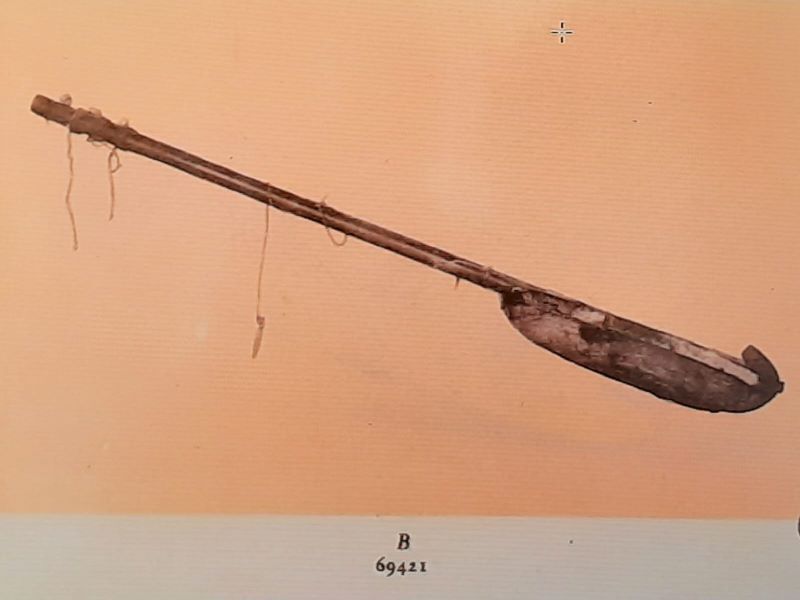3500 year old Egyptian lute bridge design compares to the Bin
At this point, I would like to mention an interesting piece of information sent to me by Philippe Bruguière, former curator at the Music Museum in Paris.
He made an important discovery which is in many ways related to this article concerning the origin of the jawari. It concerns the development and adaptation of the flat bridge on the lute. Bruguière found a striking correlation between its existence as a tailpiece encased in a stick on Egyptian lutes of the 18th dynasty (1551/1549 to 1292 BC), and the kakuba (tailpiece) of the bin as described in ancient Indian musical treatises.
It can be seen that there is a clear link to the design of this 3500 year old Egyptian instrument and the Indian bin. Adding to the fact that the Indian flat table bridge also has it’s origin, not only for the tanpura and sitar, but also in the bin, the great rudra vina of our time.
The question now arises whether the Egyptian bridge was originally developed automonously, or was it also influenced by the Mesopotamian lyres from 5000 years ago? More research is necessary on this matter.
Below are plates from Hans Hickmann (1908-1968) extracted from his Miscellanea Musicologica, published in Les Annales du Service des Antiquités de l'Egypte, tome XLVIII, Cairo, Imprimerie de l'Institut Français d'Archéologie Orientale, 1948. Also from his Catalouge Général des Antiqités Egyptiennes, Du Musée du Caire, Instruments de Musique, Imprimerie de l'Institut Français d'Archéologie Orientale, 1949.





